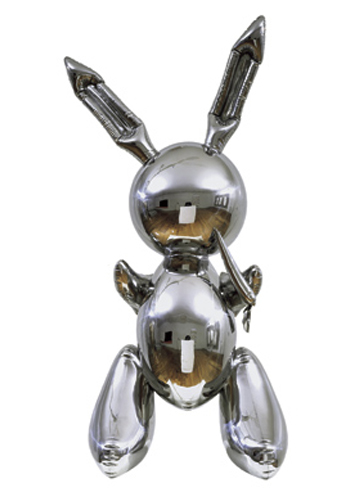THE modern artist used to be thought of as an heroic figure: an ascetic of the studio far removed from the concerns of everyday life; someone devoted to Higher Things. But all that has changed in the last dec-ade or so. These days, the modern artist tends to be seen as a more cynical, calculating figure: a trend-spotter, an opportunist and self-publicist; someone devoted, above all, to the integrity of their bank balance. The artist as monk has given way to artist as media personality. The two models, the old and the new, are both to be found at Anthony D'Offay Gallery at the moment. But the funny thing is that they have more in common than you might think.
It is hard to think of a less fashionable, less late-20th-century sort of artist than Ellsworth Kelly, whose spare and gracious abstractions are hung in the main downstairs gallery. His work is anything but topical, running solemnly counter to prevailing tendencies. Kelly, who will be 70 next year, makes quiet, beautiful paintings.
His latest works are as pared down and undemonstrative as any he has produced in his long career: variously shaped canvases, each meticulously covered edge to edge in paint of a single colour. The effect is simultaneously one of grand assurance and extreme instability. Kelly's paintings seem to share the tran-scendental ambitions of early modernists and New York School painting, with their evocations of spatial immensity and spiritual serenity. Yet they also subtly alter the tradition which they occupy by forsaking the square-edged canvas for irregular alternatives. This is high abstraction seen through a distorting mirror. Kelly's shaped canvases have the quality of painting seen at one remove: paintings that are excerpts from other paintings, eccentric lozenges or rhomboids or diamonds cut from larger works.
...

In a pig's eye
10-11-1992

